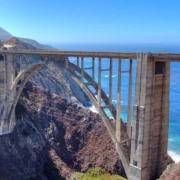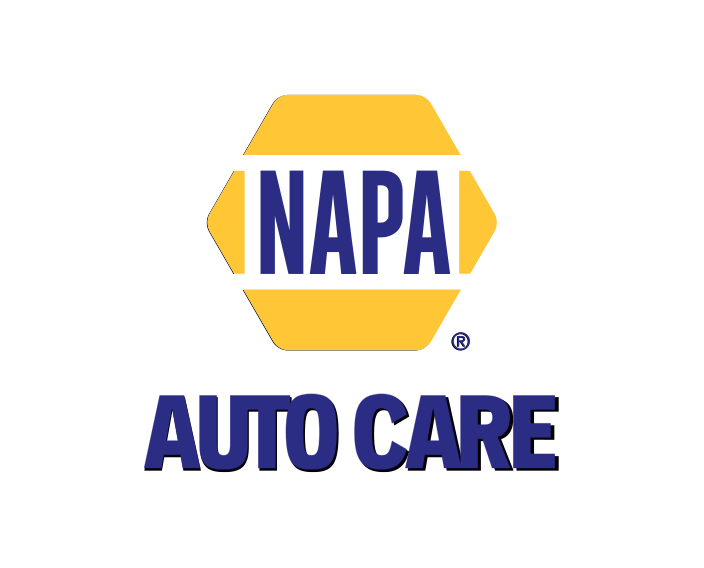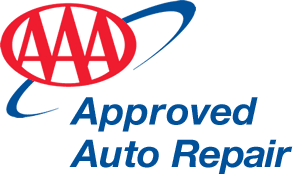NAPA Know How: Best West Coast Road Trips / NAPA Know How Blog
It’s summertime — the perfect time to explore California in your car! It’s a huge state, so unless you have all summer, you’ll need to pick some highlights. Prepare your car and choose from these best West Coast road trips:
Southern California: San Diego and Orange County
Southern California means “LA” to most people, but if you skip San Diego, you’re missing out. A near-perfect climate, beautiful beaches, great restaurants and shopping, a thriving downtown including the historic Gaslamp District. And there’s 1,200-acre Balboa Park with its museums and the world-famous San Diego Zoo. The only drawback to San Diego is that you won’t want to leave.
From San Diego, take Interstate 5 north for an hour. Mission San Juan Capistrano is a great starting point for your Orange County adventure. Built in 1776, it is famed for the annual return of the swallows. Thirty miles on Highway 5 north from there will take you to Disneyland. It’s true what they say — you can’t see it all in one day.
Skipping Disneyland? Take State Route 73 out of San Juan Capistrano until it meets Highway 133, running alongside Laguna Coast Wilderness Park. Take 133 to SR 1 and you’re in Laguna Beach, famed for its sea views and vibrant art scene. Stay with Highway 1 and enjoy the laid-back beach vibe of coastal Orange County, the upscale shopping and dining in Newport Beach, the charming village of Balboa Island and its old-school Fun Zone, and the surfer havens of Huntington, Sunset and Seal Beach.
The Central Coast
Rolling hills and oak trees on one side, the Pacific Ocean on the other, with an attitude very different from LA, that’s the Central Coast. Santa Barbara is called “California’s Riviera,” and with good reason. San Luis Obispo is a charming small college city with wonderful food and shopping. Hearst Castle, near San Simeon, is a must-see, as are the elephant seals that bask on the rocks right by Highway 1. Big Sur is where the mountains meet the sea and you’ll never forget the view as you drive across Bixby Bridge.
After Big Sur, you’re minutes away from the lovely village of Carmel-By-The-Sea and the exquisite 17-Mile Drive (there’s a toll) that connects it with Monterey, home of the famed Monterey Bay Aquarium and world-class seafood.
The North Coast
Highway 1 north of San Francisco to Fort Bragg is a trip that will challenge all of your assumptions about California, and that’s why it’s one of the best West Coast road trips. As soon as you cross the Golden Gate Bridge out of San Francisco, you’re in the woods of Marin County. Highway 1 takes you through the Point Reyes National Seashore and up the rugged, unspoiled coast through small towns you’d swear were in New England. The lovely town of Mendocino doubled for Maine in the old “Murder She Wrote” TV show and Fort Bragg is a rough-and-tumble former logging and fishing town.
There’s nothing quite like a summer road trip, but before you head out, make sure you’re prepped for the trip. You should have a tire repair kit in your car, just in case, and all your car’s maintenance should be up to date including the basics like tires, air filters, windshield wipers, and washer fluid.
Check out all the maintenance parts available on NAPA Online or trust one of our 17,000 NAPA AutoCare locations for routine maintenance and repairs. For more information on how to prepare your car for a road trip, chat with a knowledgeable expert at your local NAPA AUTO PARTS store.
Photo courtesy of Wikimedia Commons.
Related Articles
[ad_2]











